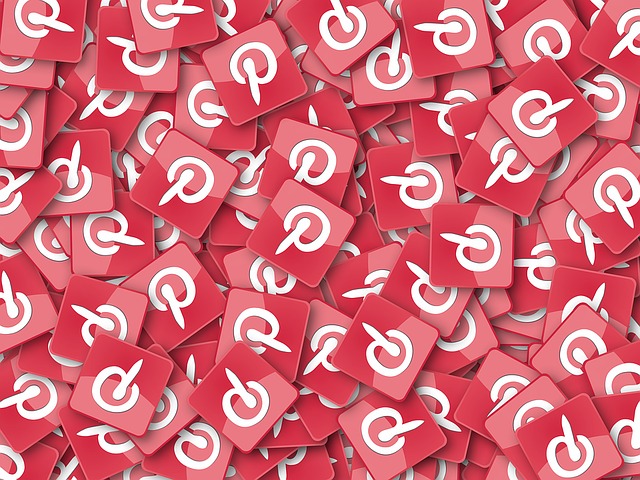With more than 200 million monthly users, Pinterest is one of the fastest growing social networks today – and it’s showing no signs of slowing down. Since last year, Pinterest has grown nearly 40 percent, with more than half of Pinners living outside the U.S. 55 percent of Pinners say they use the platform to shop for and find products – more than four times the rate of other digital platforms. And, among weekly Pinners, this number jumps to 90 percent. Not only is Pinterest more likely to impact what people buy than other platforms are, but Pinterest buyers also spend more money, more often, and on more items than users from any of the other five social media sites.
Pinterest understands that its success largely depends on influencers’, or creators’, abilities to create content that inspires ideas and actions. It is committed to helping creators succeed. The platform has released many key features and initiatives that have made it easier to foster brand-creator collaborations. Some of the biggest and best new features from Pinterest this year include: new tools for organizing Pins, boards and sections,Pincodes, and the ‘Following’ tab, among other developments.
As a result of the platform’s rapid growth and investment in brand-creator relationships, creators are prioritizing Pinterest over other platforms. Here are some of the other benefits that the platform provides to brands and creators alike:
Content longevity
Given that 80 million Instagram posts and 3.27 million blog posts are published every day, the value of influencer-generated and user-generated content is obvious, but the opportunity lies in delivering that influencer-generated and user-generated content on demand when consumers seek it. In other words, brands and marketers need to make sure that content is discoverable to consumers throughout their entire paths-to-purchase.
One of the most valuable components of Pinterest is the lifespan of content. Not only does Pinterest content last 1,690 times longer than the average Instagram post, but Pinners also actively engage with a Pin for an average of 3.5 months after it is uploaded to the site. Contrast this with Instagram, for which the average shelf life of a post is closer to three days.
As a result of Pinterest’s extended shelf life, evergreen content outperforms new Pins, making the ROI of influencer-generated content on Pinterest higher due to the longer lifespan of the content.
Measurability
As reliant as marketers have become on influencers and consumers for content creation, most continue to struggle with connecting influencers’ values to business performance. And as influencer marketing continues to evolve, the challenge just gets harder.
Measuring success on Pinterest is unique because behavior on Pinterest is unique. While Pins may not immediately drive conversions like content on other sites may, they are influencing consumers as they think about and plan for future events, so it’s important to think about a longer attribution window, as well as remembering that your CPA will improve over time.
Pinterest’s primary self-service measurement tool is Pinterest Analytics, a branded dashboard that is organized into three sections: your Pinterest profile, your audience, and website analytics. Each section reports on Pinterest’s primary KPIs: impressions, clicks, and saves (formally known as re-pins). Additionally, Pinterest partners with a variety of third party measurement solutions for tracking and validation, resonance, and online and offline conversions.
With a platform that more closely resembles Google than it does a social feed, Pinterest has completely changed how consumers shop online. Pair this with content longevity and advanced reporting capabilities, and it’s easy to see why so many marketers are turning to Pinterest to reach today’s consumers. And while Pinterest might not be right for every brand, if your audience is on Pinterest, you should be prioritizing it for your influencer marketing, as well.
Abby Katz is a Marketing Manager at Mavrck, the leading all-in-one influencer marketing platform. Prior to joining Mavrck, Abby graduated from Union College with a Bachelor of Arts in Psychology.
If you enjoyed this article, sign up for SmartBrief’s free e-mail from the ANA on Brand Activation, among SmartBrief’s more than 200 industry-focused newsletters.
